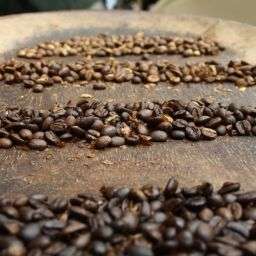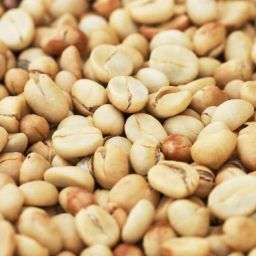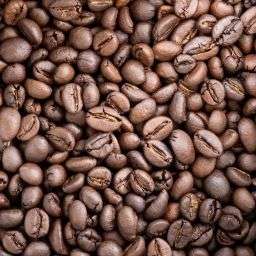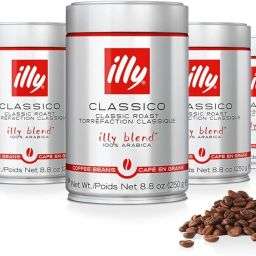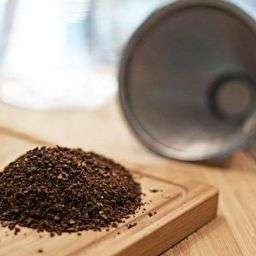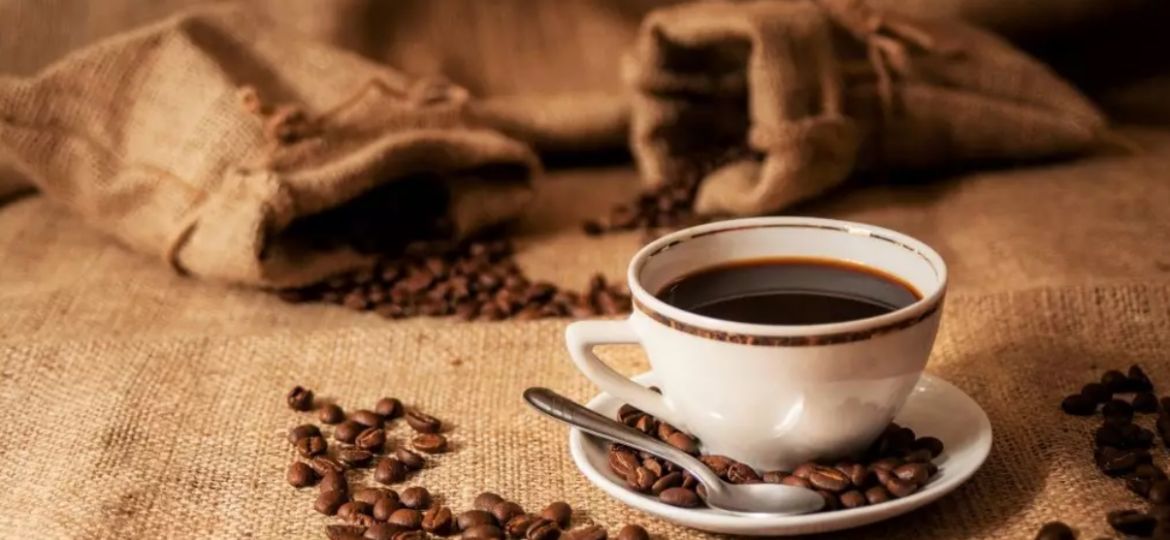
Cowboy coffee, a brewing method steeped in tradition, hails from the rugged lifestyle of American cowboys. Originating from the necessity to brew coffee on the open range, it epitomizes simplicity and resourcefulness. Unlike modern brewing techniques, cowboy coffee involves boiling coarsely ground beans directly in water, often over a campfire, creating a strong, robust beverage.
This method’s cultural significance extends beyond its practicality, symbolizing the cowboy’s indomitable spirit and connection to the land.
Importance of Bean Freshness
The foundation of a memorable cup of cowboy coffee lies in the freshness of the beans. Freshly roasted coffee beans are paramount, as coffee reaches its peak flavor within weeks of roasting. Utilizing old beans can significantly diminish the brew’s quality, making freshness a critical consideration for the cowboy coffee connoisseur.
Coffee Bean Types and Their Impact on Flavor
The choice of coffee beans can dramatically affect the flavor profile of the brew. Various bean types, each with distinct characteristics, offer a spectrum of flavors ranging from mild and smooth to bold and robust. Medium-to-dark roasted beans are typically favored for cowboy coffee due to their strong flavor, which stands up well to the brewing process. Experimentation with different beans is encouraged to discover personal preferences.
Grinding for Cowboy Coffee: Coarse is Key
The grind size of coffee beans is crucial in cowboy coffee preparation. A coarse grind, resembling breadcrumbs, is ideal. This consistency allows for optimal water circulation and extraction during brewing, preventing over-extraction and bitterness. Finely ground coffee is not recommended, as it can lead to a bitter, over-extracted brew.
Equipment Needed for Authentic Cowboy Coffee Brewing
To brew authentic cowboy coffee, minimal equipment is required, reflecting the simplicity of the cowboy lifestyle. Essential items include a durable coffee pot or kettle, preferably with a wide opening, to facilitate boiling and easy pouring. A heat source, such as a campfire or stove, is necessary to bring the water to a boil. While traditional cowboy coffee is made without filters, having a coarse grinder for fresh beans enhances the flavor quality.
Step-by-Step Brewing Guide
- Start with Fresh, Coarsely Ground Coffee Beans: Aim for a coarse grind to ensure optimal extraction and prevent grounds from ending up in your cup.
- Heat Water: Pour water into your pot and bring it to a rolling boil over your heat source.
- Add Coffee Grounds: Once the water is boiling, add your coffee grounds directly into the pot. The ratio should be approximately two tablespoons of coffee for every eight ounces of water.
- Let it Brew: Allow the coffee to boil for a few minutes, then remove from heat. The brewing time will affect the strength and flavor of your coffee.
- Settle the Grounds: After removing the pot from heat, let it sit for a moment. You can add a small amount of cold water to help the grounds settle at the bottom of the pot.
Grind Size and Coffee-to-Water Ratio for the Perfect Brew
The grind size for cowboy coffee should be coarse, similar to the texture of breadcrumbs. This ensures proper water flow and extraction, leading to a balanced brew. A standard coffee-to-water ratio is two tablespoons of coffee per eight ounces of water. Adjusting this ratio according to taste preferences can yield a stronger or milder brew.
Adjusting Brewing Strength and Settling the Grounds
The brewing strength of cowboy coffee can be adjusted by altering the boiling time and the amount of coffee grounds used. Longer boiling times produce a stronger brew. To settle the grounds, a technique involving the addition of cold water after brewing helps the grounds to sink to the bottom, making the coffee less gritty.
The Role of Cold Water in the Brewing Process
Adding cold water is a traditional trick to help settle the coffee grounds at the bottom of the pot. This step is crucial for achieving a clear brew without the unpleasant texture of coffee grounds in your drink. The addition of cold water also stops the brewing process, preventing over-extraction and maintaining the coffee’s flavor integrity.
Alternative Filtering Methods to Avoid Gritty Coffee
While cowboy coffee is traditionally brewed without a filter, resulting in a full-bodied, albeit sometimes gritty, cup, modern adaptations include using alternative filtering methods.
For those who prefer a smoother brew, options such as fine mesh strainers, cheesecloth, or even specially designed coffee socks can be used to filter out the grounds while preserving the robust flavor characteristic of cowboy coffee.
FAQs
Is Cowboy Coffee Stronger Than Regular Coffee?
Cowboy coffee’s strength varies with brewing time and grind size. It can be stronger than regular drip coffee because it often involves a longer brewing process and a coarse grind. The extended boiling extracts a significant amount of flavor, potentially leading to a more concentrated and robust cup.
However, adjusting the brewing time and the grind size can tailor the strength to individual tastes, making it versatile in strength compared to standard brewing methods.
Why Do Some Recipes Call for Eggshells or Salt?
Adding eggshells or salt to cowboy coffee is a traditional technique aimed at improving taste and reducing acidity. Eggshells, being alkaline, can help neutralize the coffee’s acidity, resulting in a smoother cup. Salt, even in small quantities, can cut through the bitterness and enhance the overall flavor profile of the coffee.
These additions reflect the innovative approaches cowboys and outdoor enthusiasts have taken to refine their coffee experience in the absence of sophisticated brewing equipment.
Can You Make Cowboy Coffee Without Special Equipment?
Yes, cowboy coffee can easily be made without special equipment. All that’s required is a pot, water, coffee grounds, and a heat source. By bringing water to a boil, adding coffee grounds directly into the pot, and allowing the mixture to simmer, you can create a rustic yet flavorful brew.
The simplicity of this method means that everyday kitchen items can be utilized to enjoy cowboy coffee, embodying the spirit of resourcefulness and adaptability.
Final Thoughts
Cowboy coffee blends art with science, requiring a keen sense of timing, measurement, and intuition for a perfect brew. From selecting the right beans and grind size to mastering the boiling and settling process, each step contributes to the creation of a unique coffee experience.
This traditional method encourages coffee lovers to explore beyond the confines of modern brewing techniques, offering a taste of the rich, robust flavors that can be achieved through simplicity and patience. Experimenting with cowboy coffee at home not only connects enthusiasts to a storied past but also broadens their appreciation for the versatility and depth coffee brewing can offer.



